So whats your thoughts on meguiars ultimate compound ? And the meguiars da power system folks ?
Mark
Sent from my iPhone using Tapatalk
Mark
Sent from my iPhone using Tapatalk
 i will be looking on getting myself a da polisher in the next couple of weeks. But am unsure on what one to go for. I dont want to go all out and go for the best but at the same time buy one thats going to do the job and and be good value for money.
i will be looking on getting myself a da polisher in the next couple of weeks. But am unsure on what one to go for. I dont want to go all out and go for the best but at the same time buy one thats going to do the job and and be good value for money.  i will be looking on getting myself a da polisher in the next couple of weeks. But am unsure on what one to go for. I dont want to go all out and go for the best but at the same time buy one thats going to do the job and and be good value for money.
i will be looking on getting myself a da polisher in the next couple of weeks. But am unsure on what one to go for. I dont want to go all out and go for the best but at the same time buy one thats going to do the job and and be good value for money. 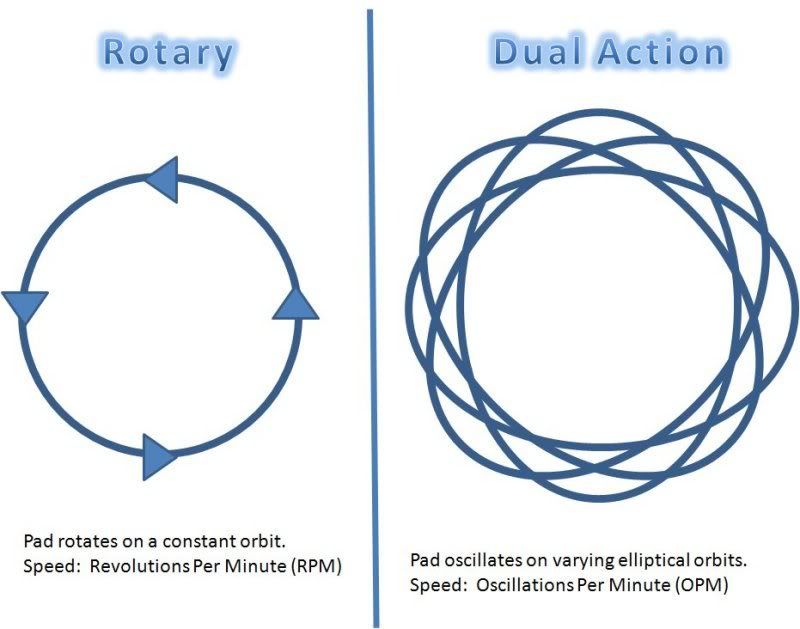
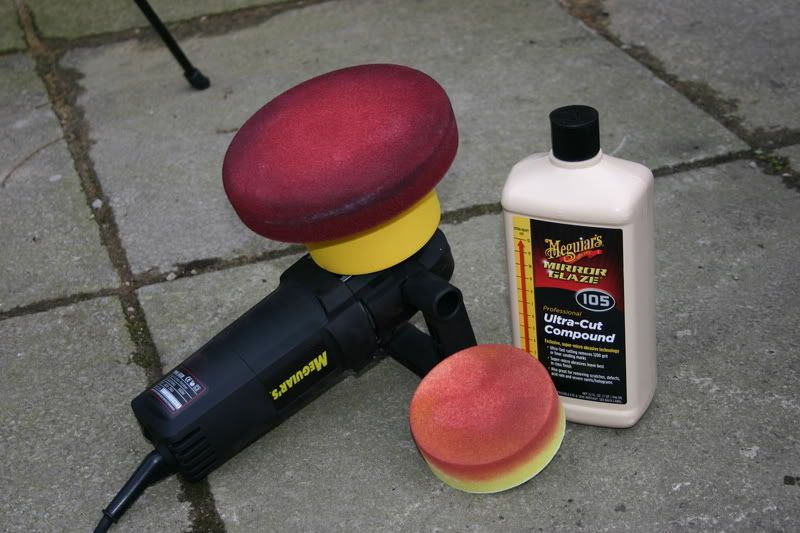
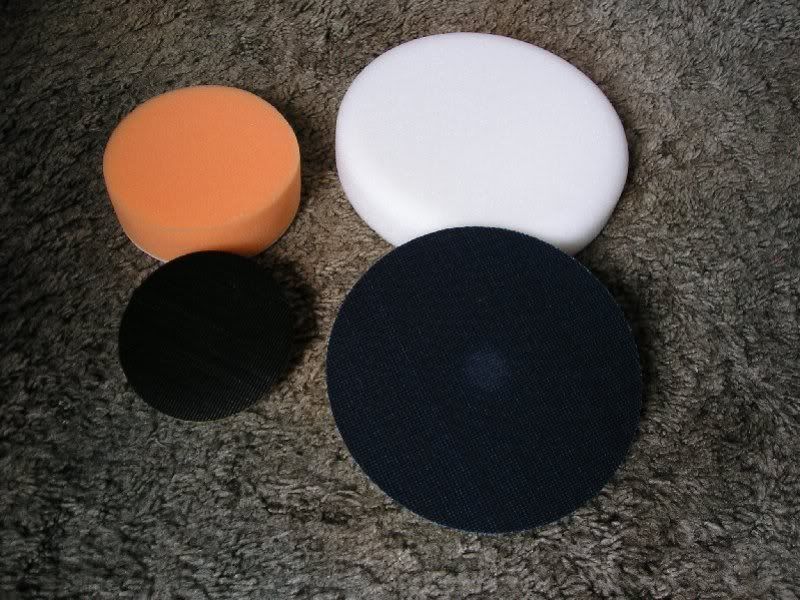
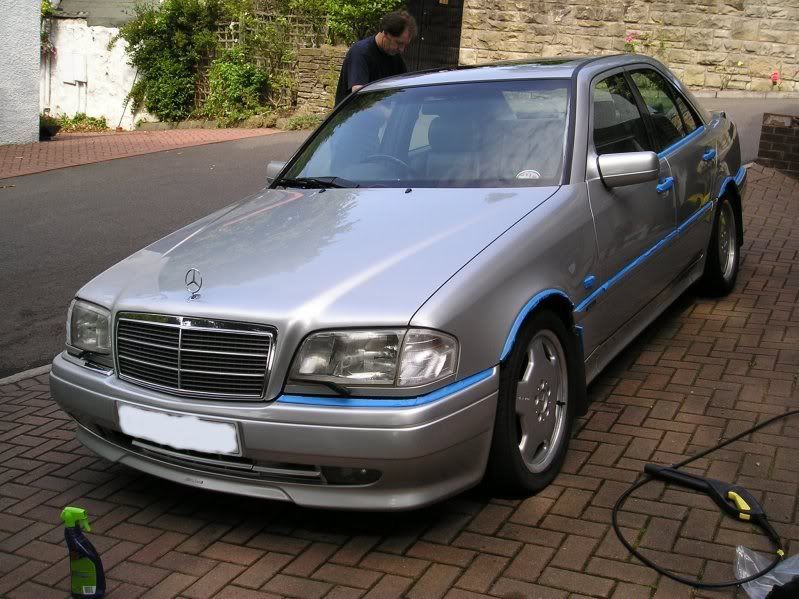
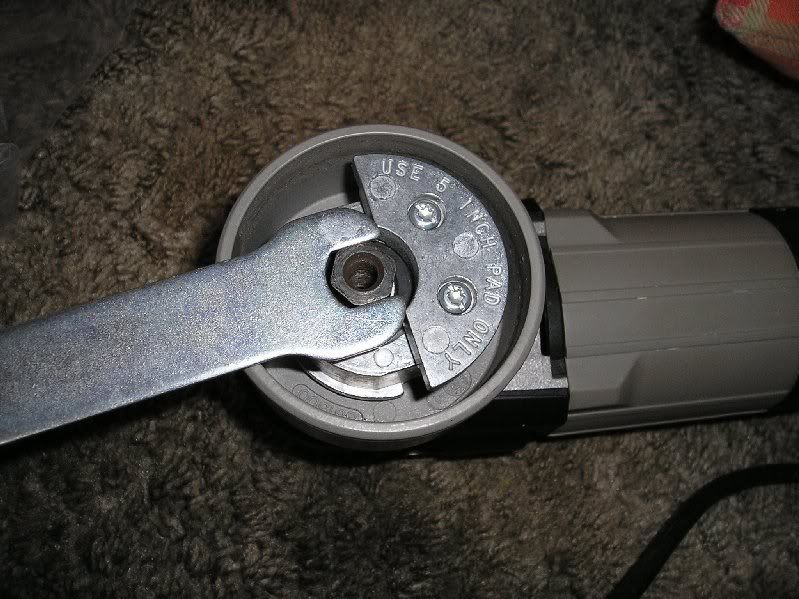

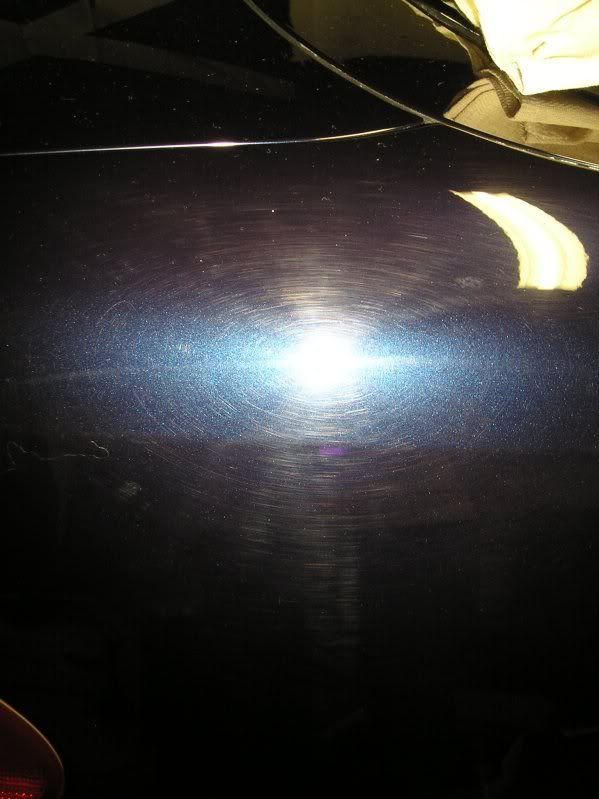
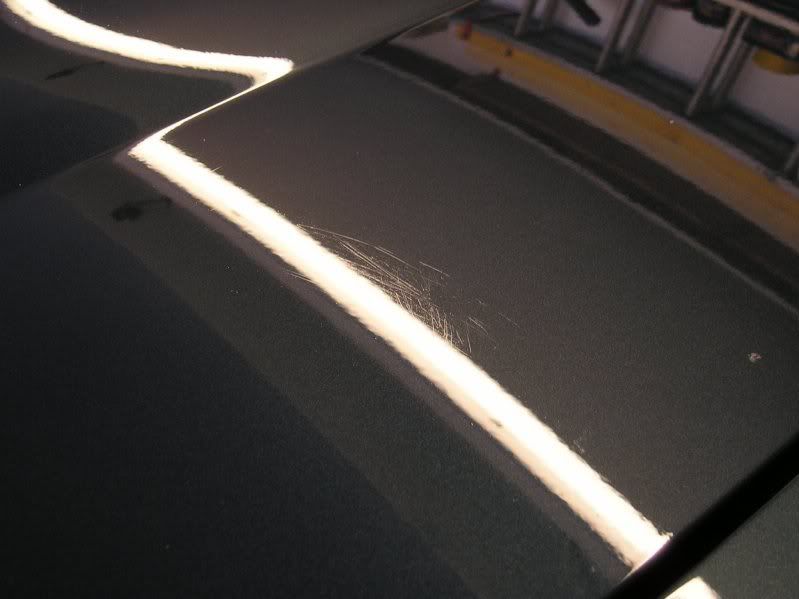
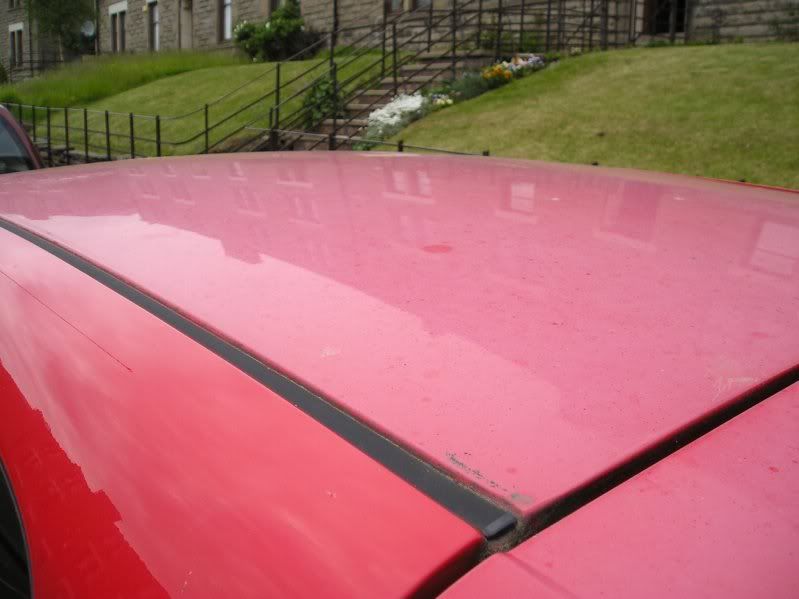
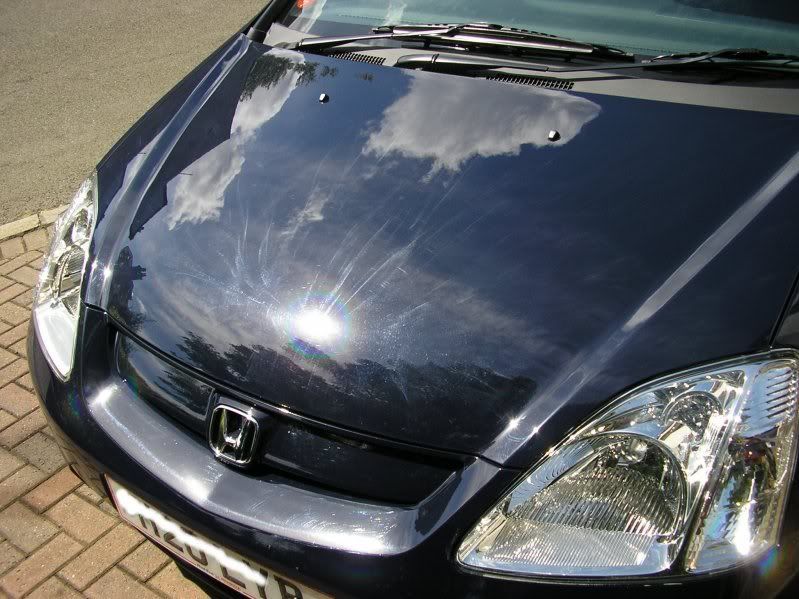

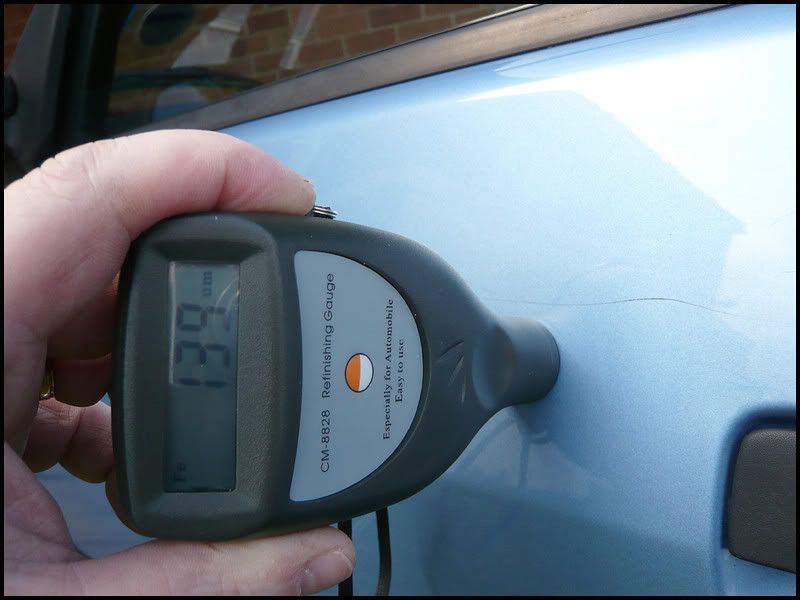
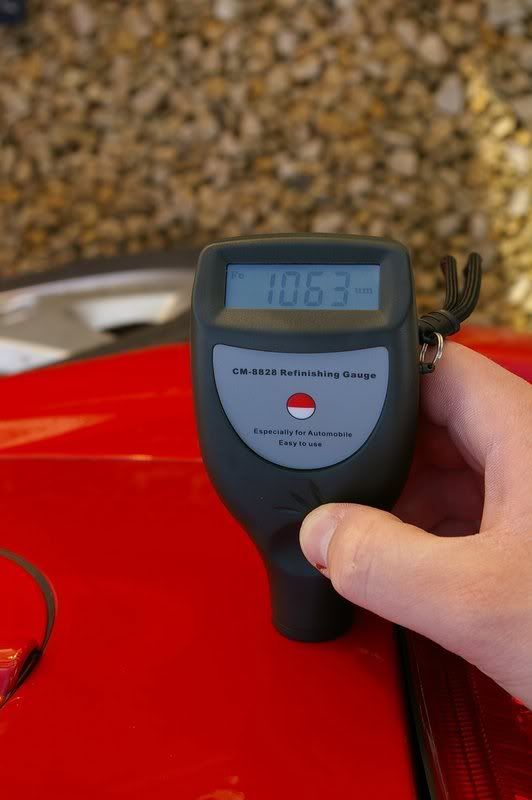

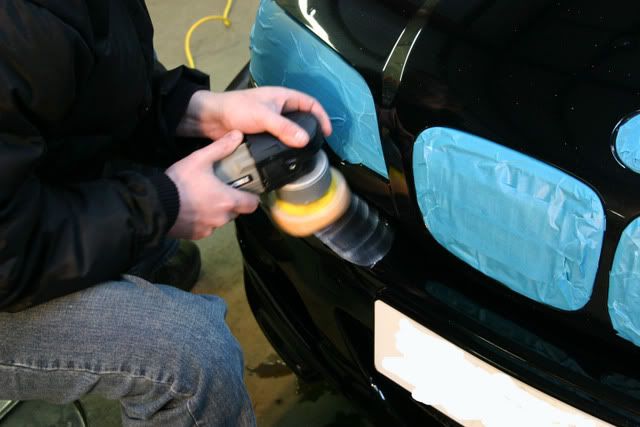

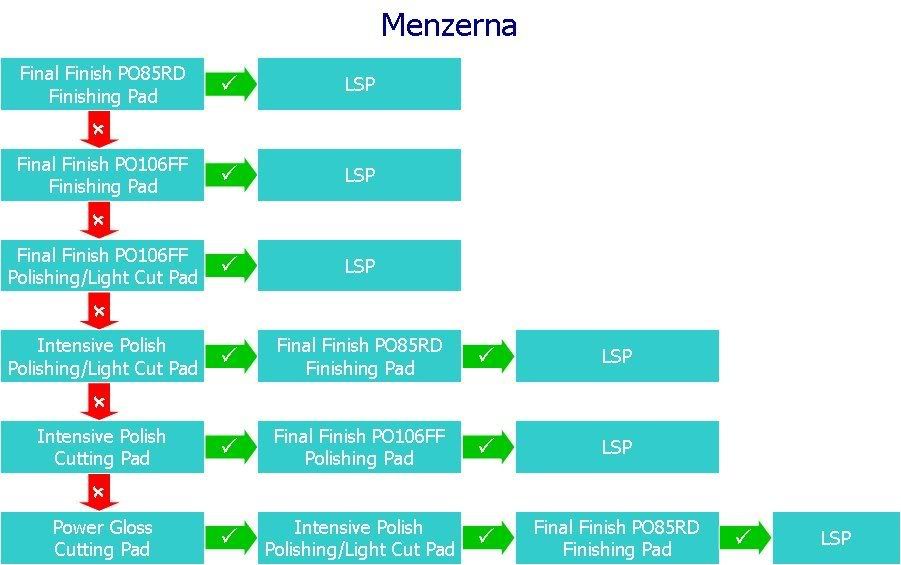
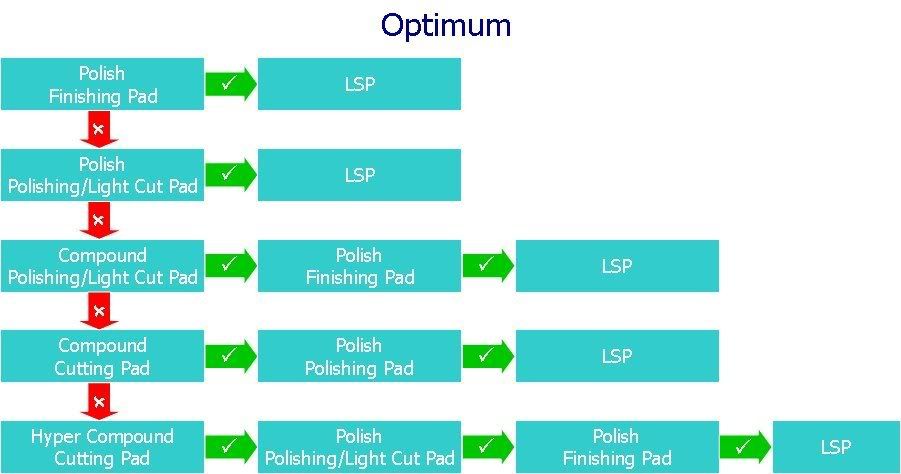
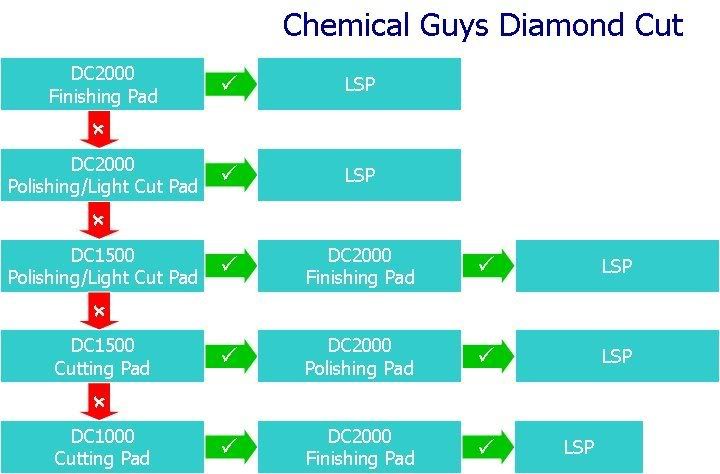

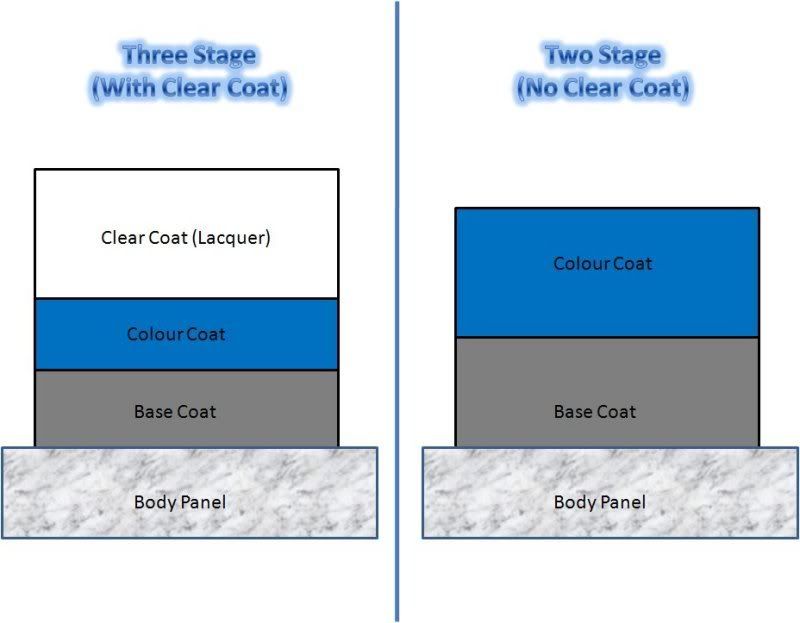
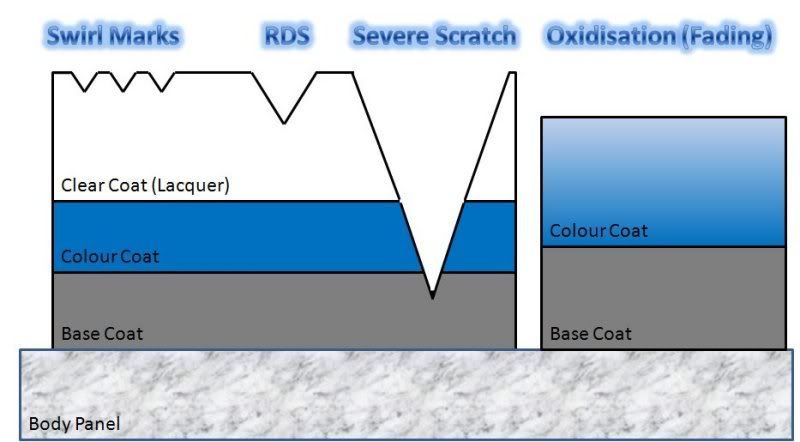
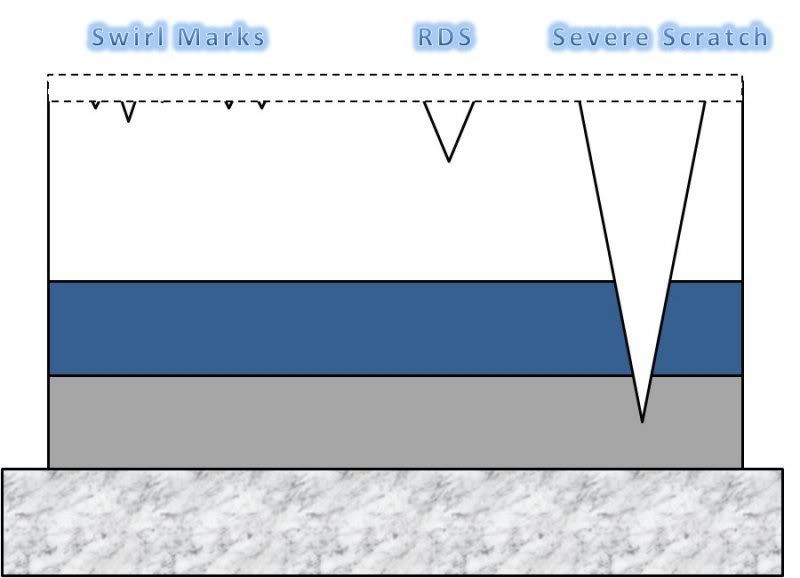
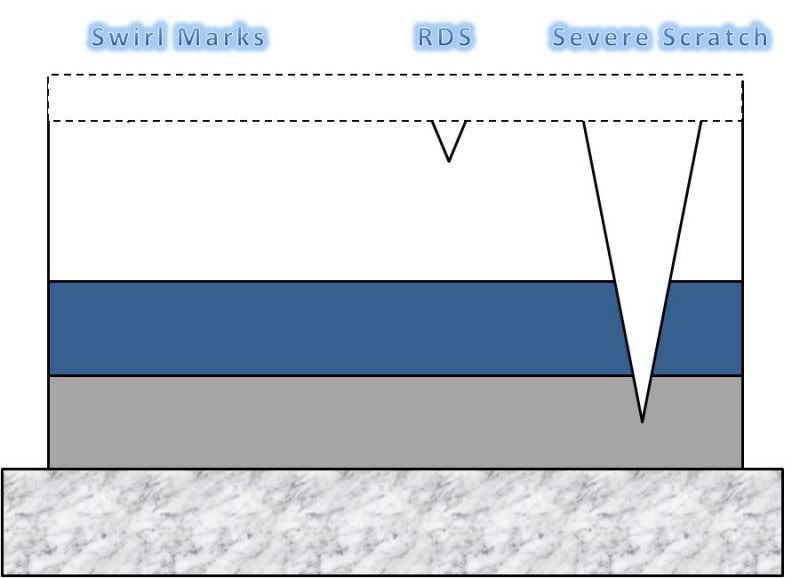
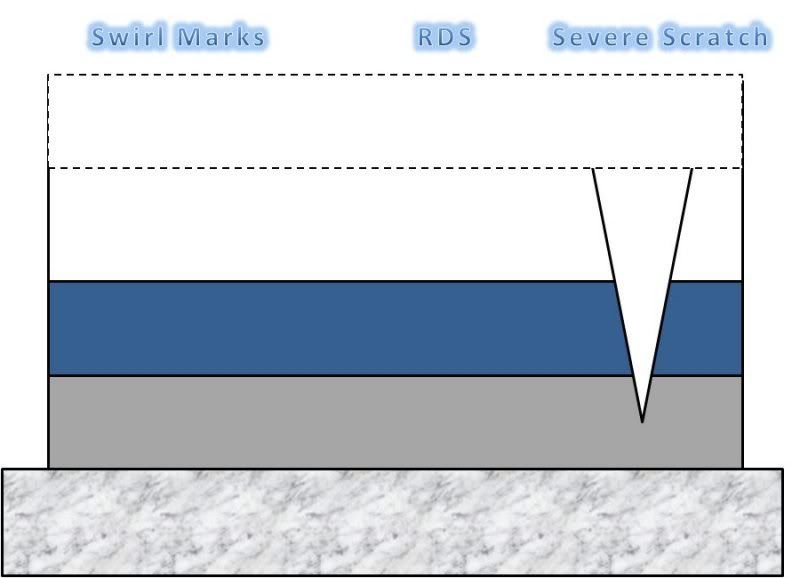
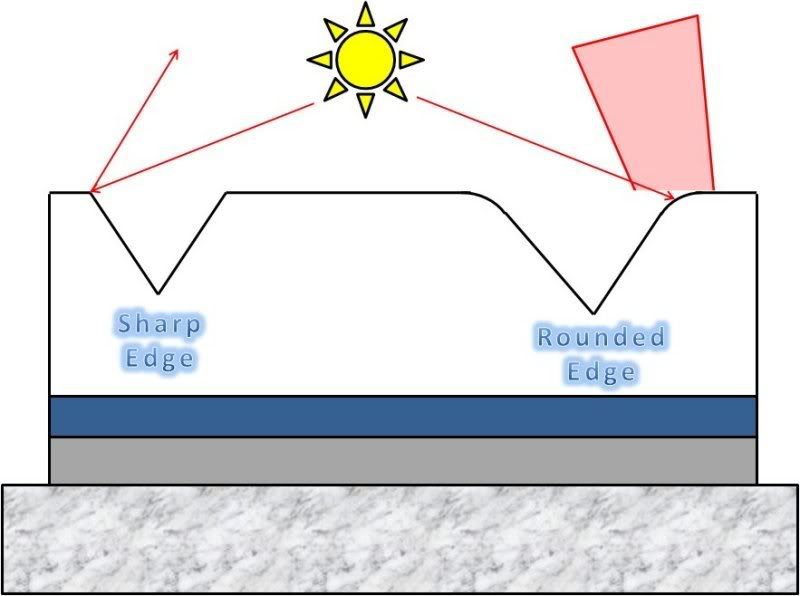
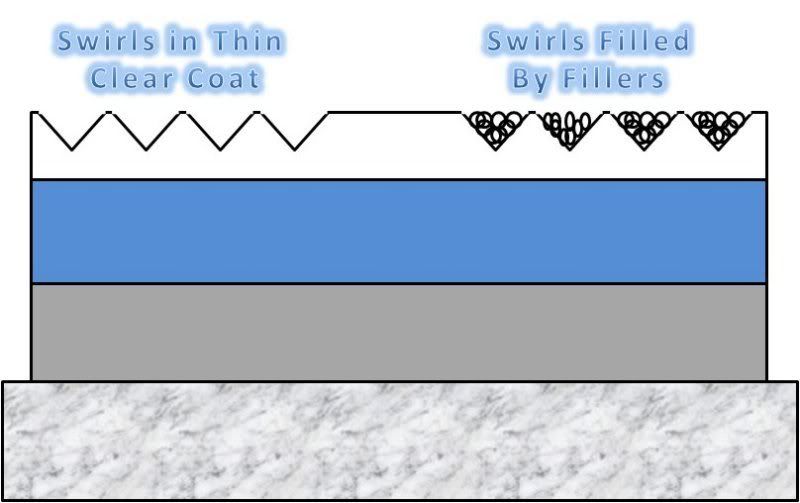
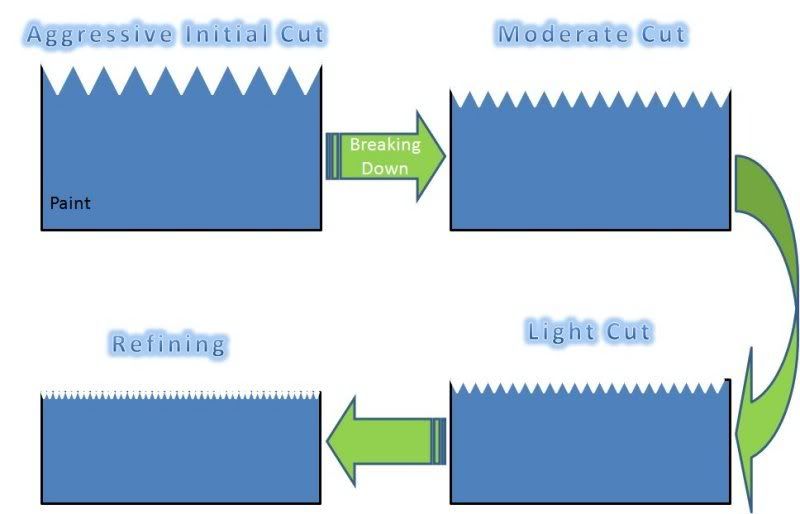
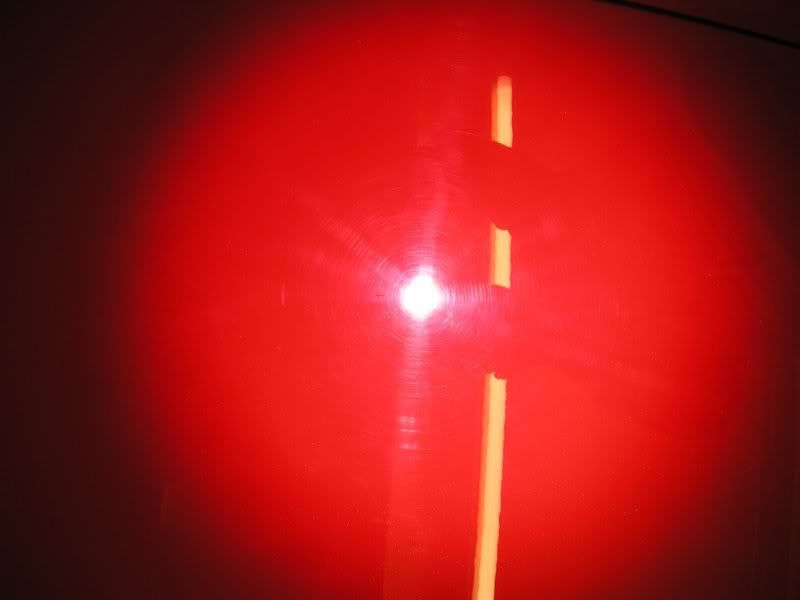
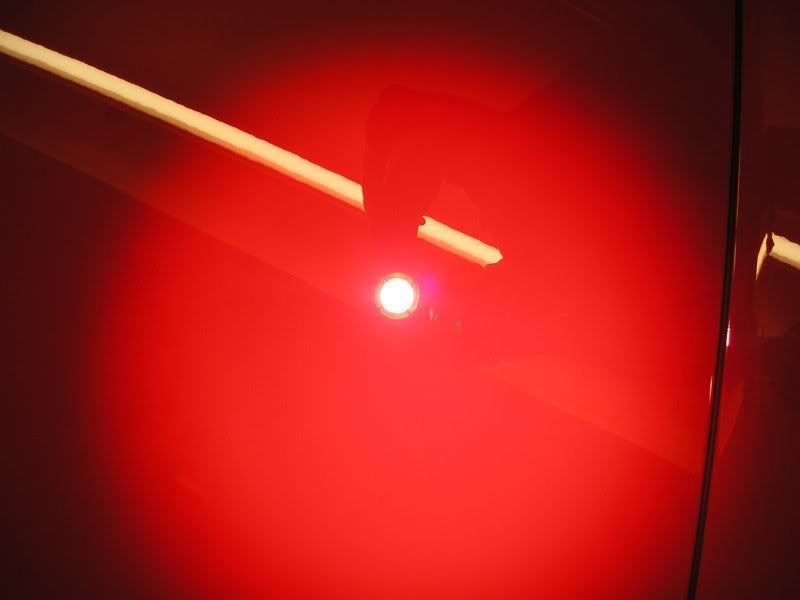
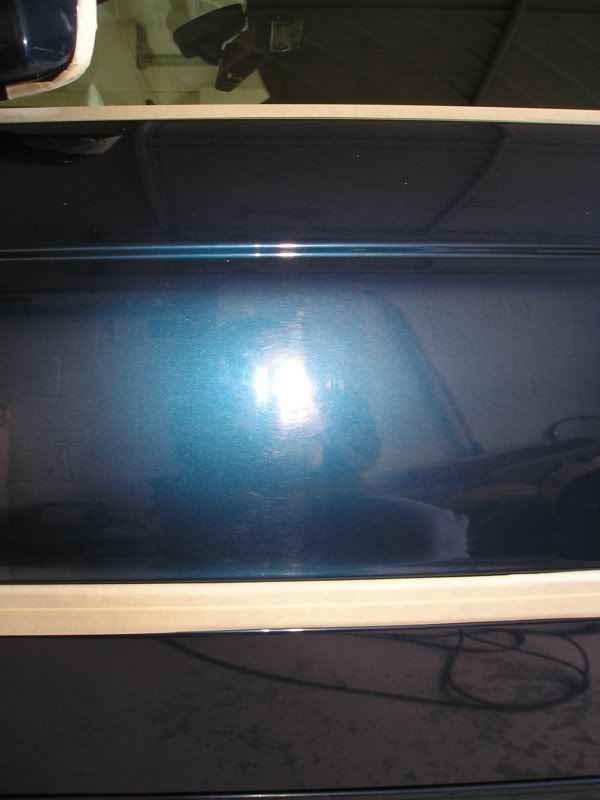
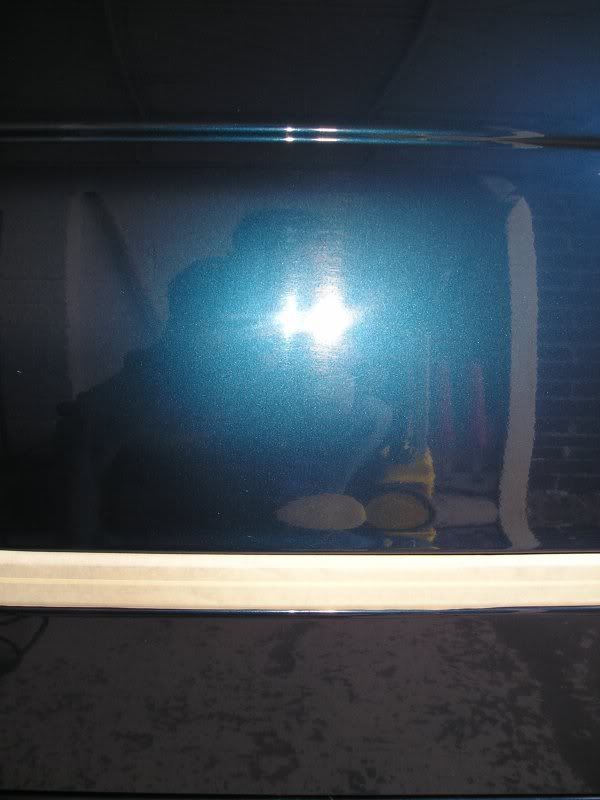

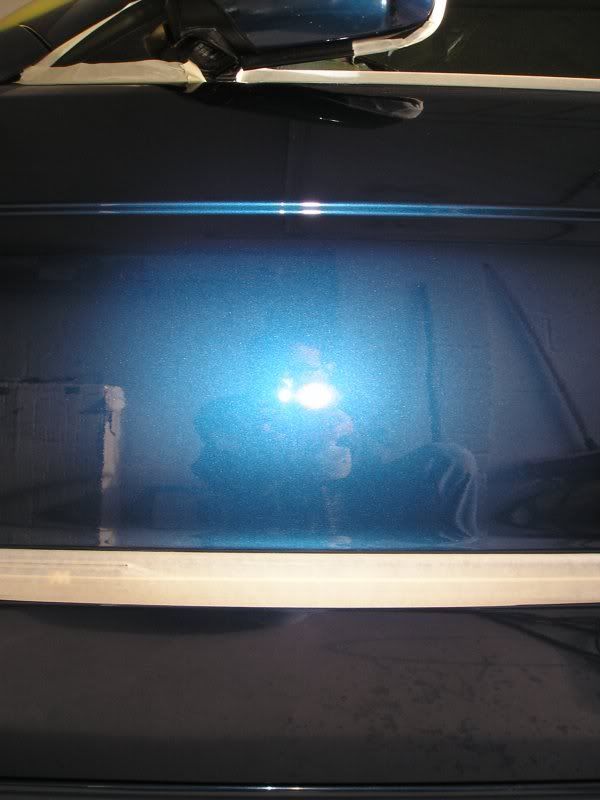
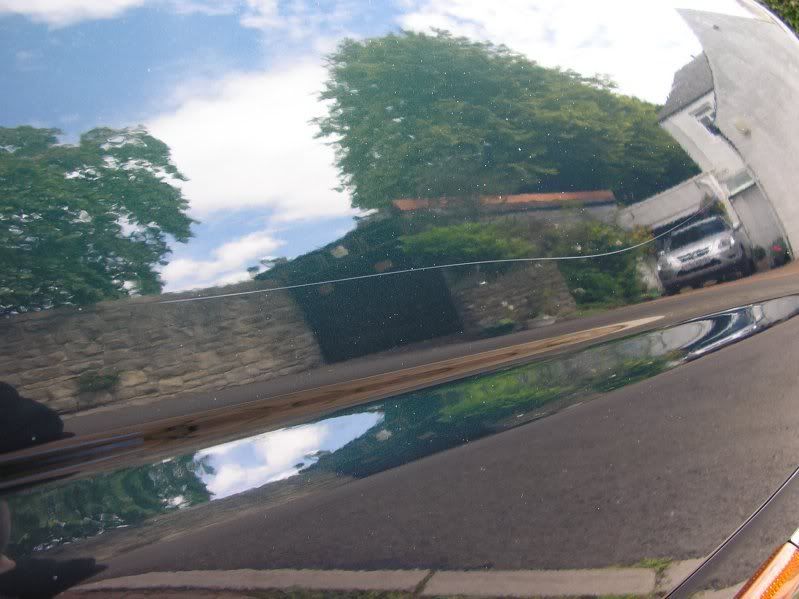
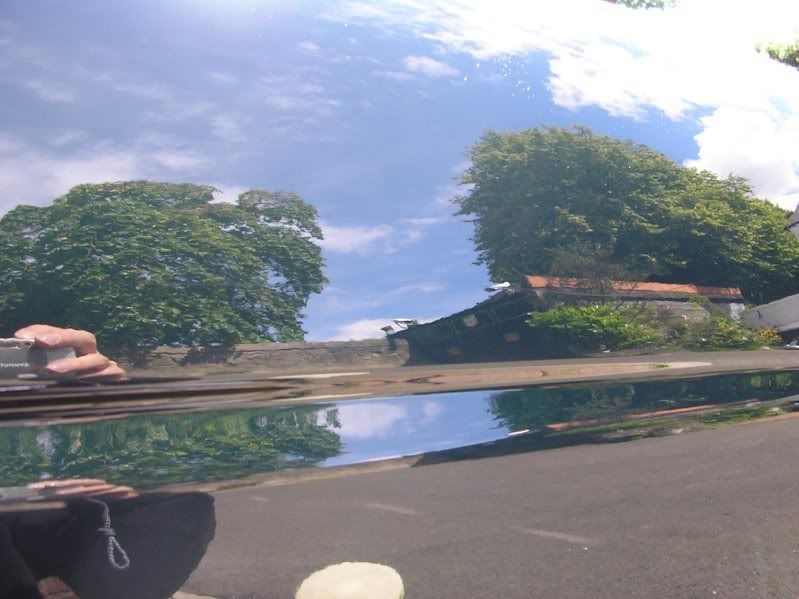
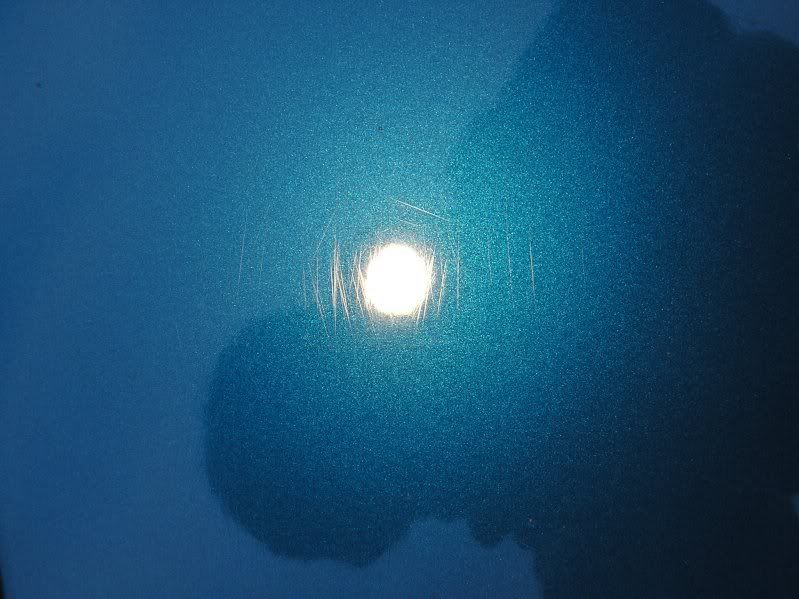
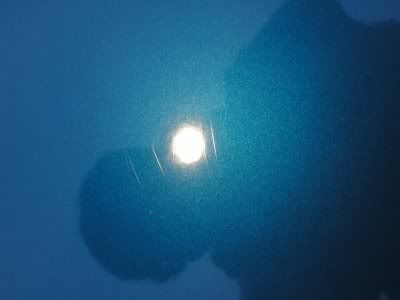


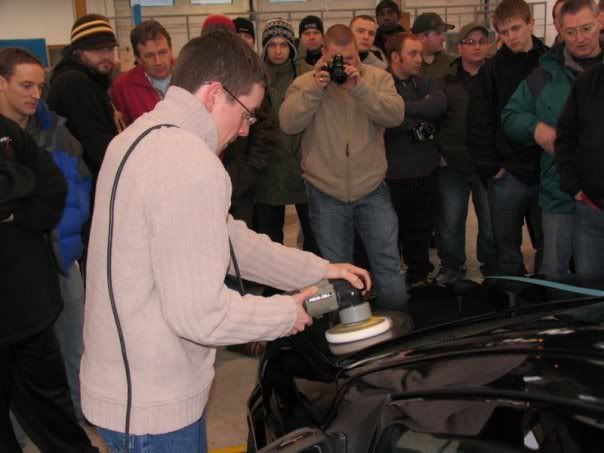
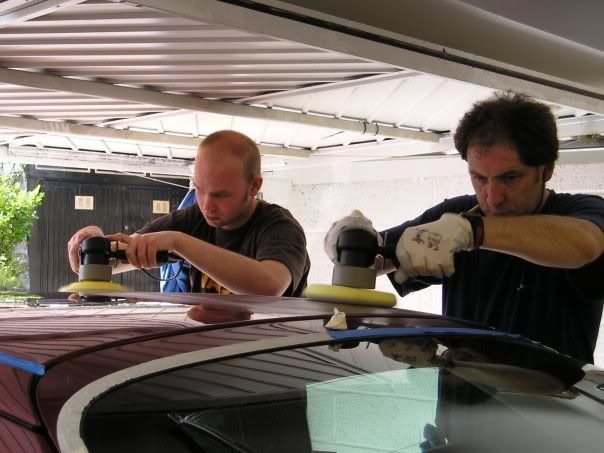

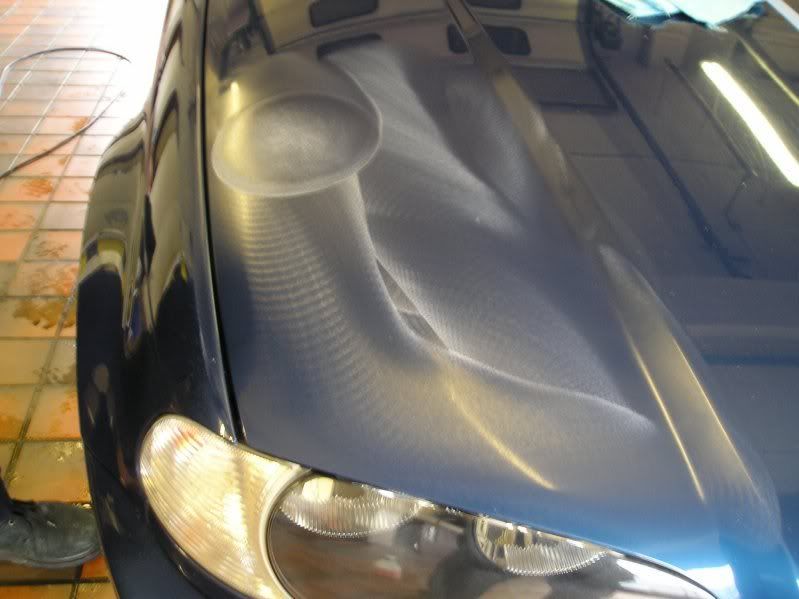
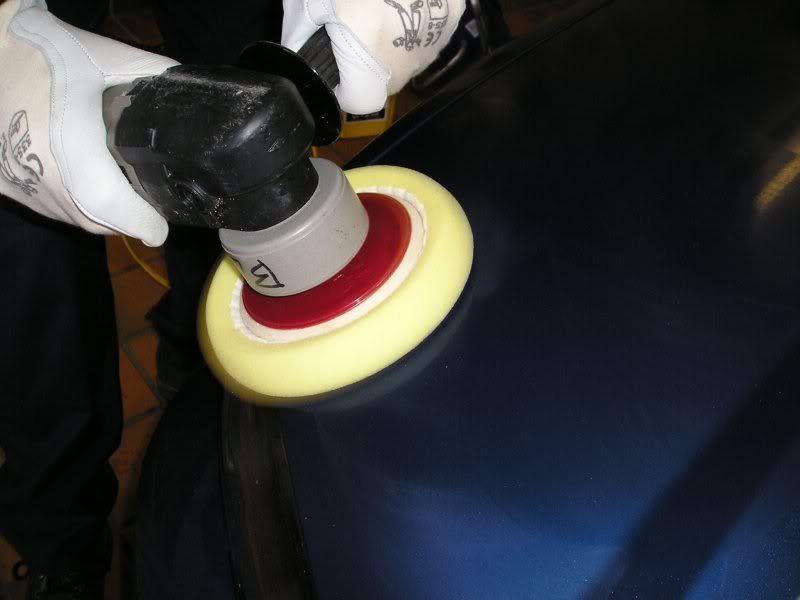
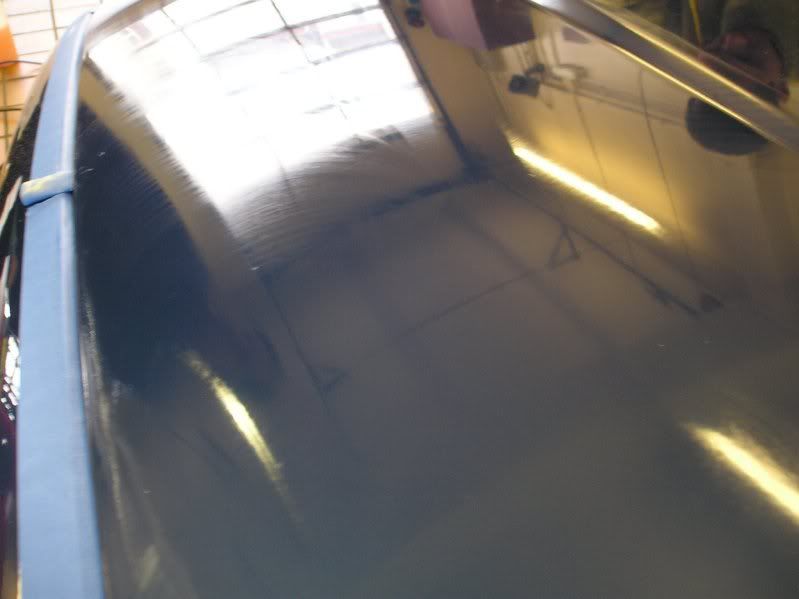

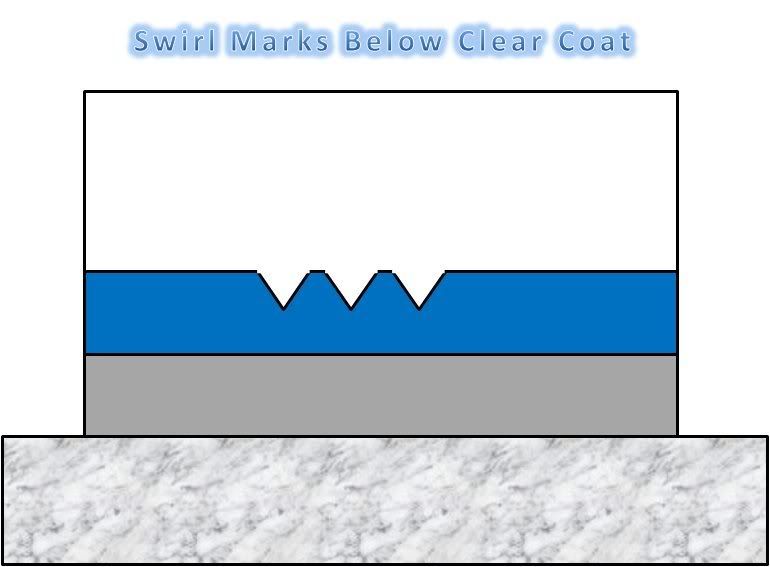
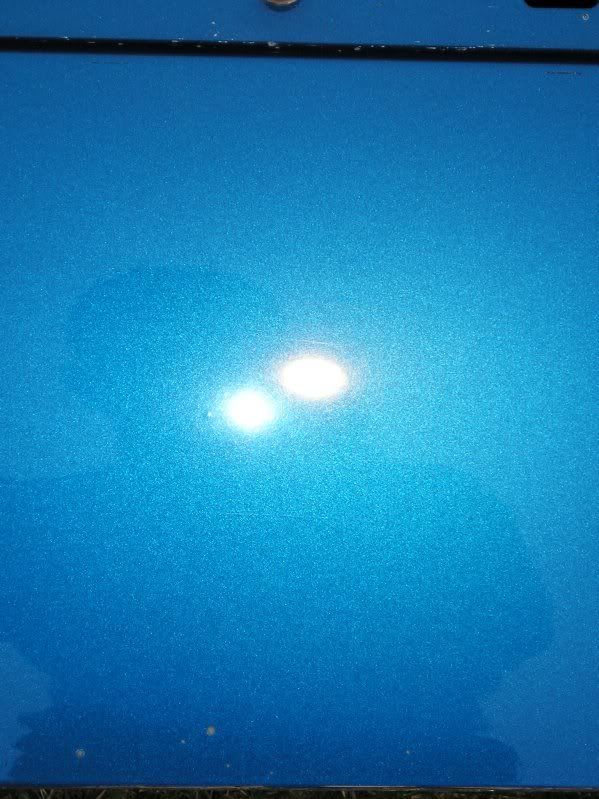
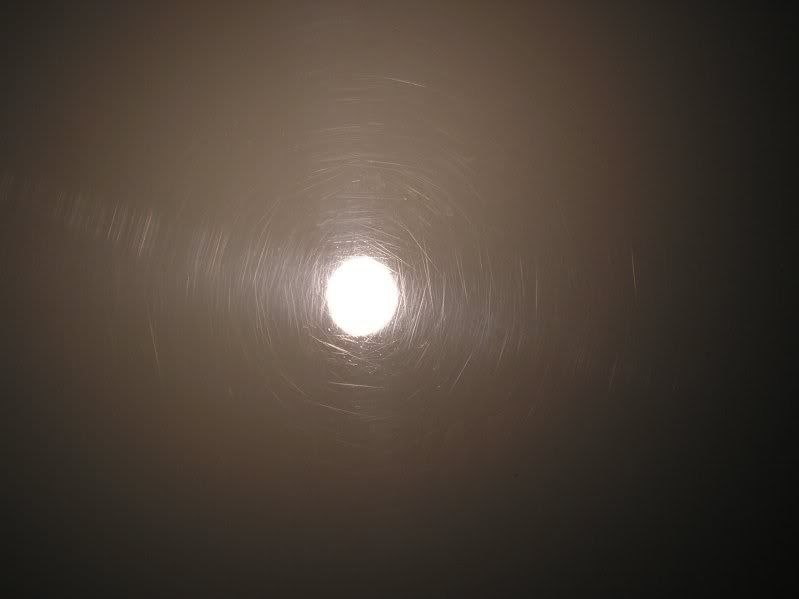
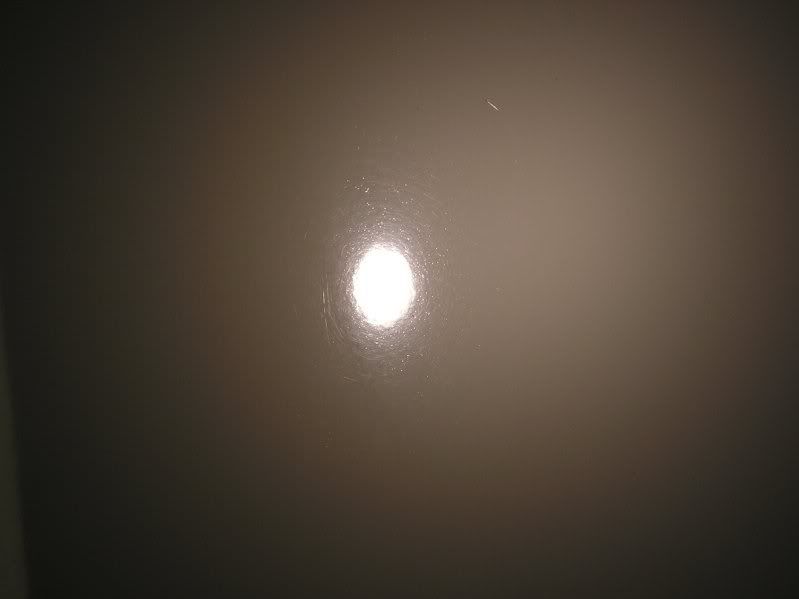


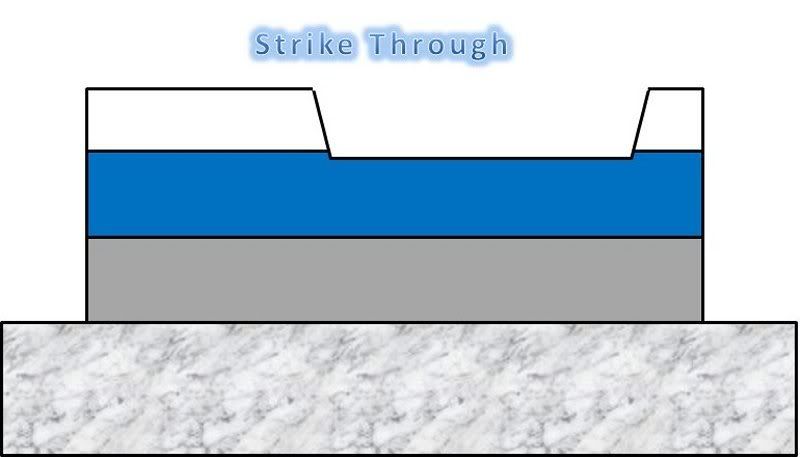
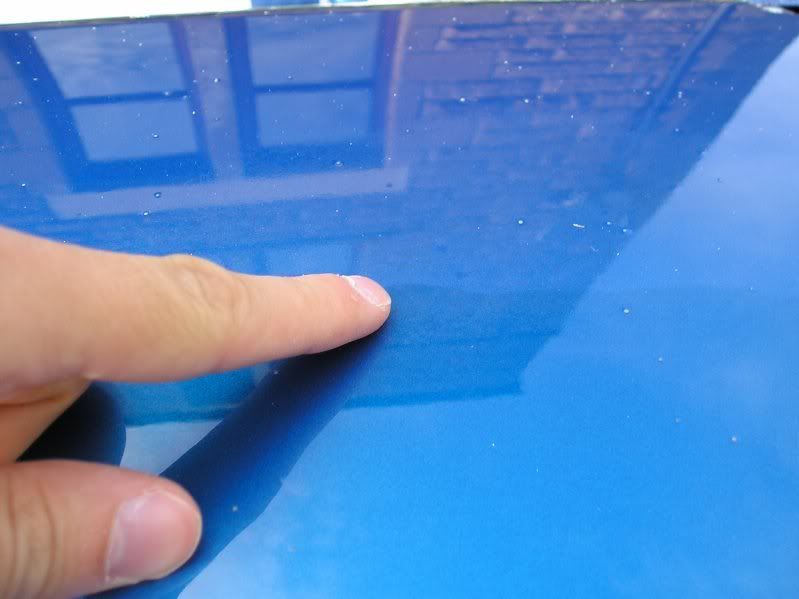


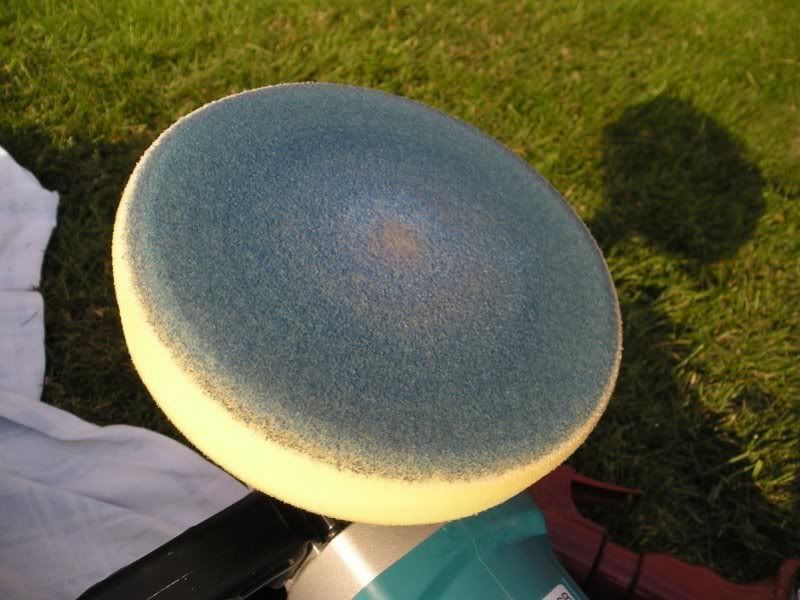
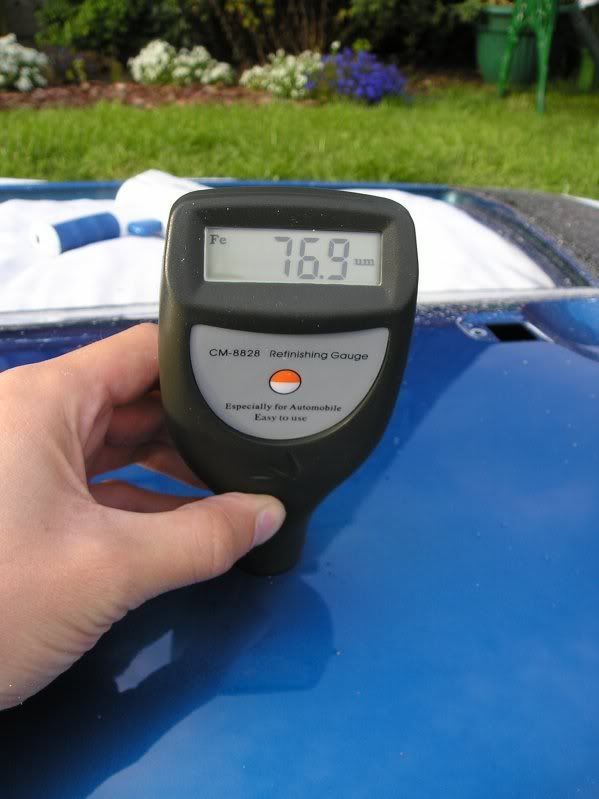

 that is a lot of good info there that i will be reading again. I think the da that you have is just the ticket for me and is good value for money. I have a old door and wing here that am going to go to work on before i even think of touching the ds with it. Thank you again andy. I will probably be back with more question before i order one for advice on pad and polishes
that is a lot of good info there that i will be reading again. I think the da that you have is just the ticket for me and is good value for money. I have a old door and wing here that am going to go to work on before i even think of touching the ds with it. Thank you again andy. I will probably be back with more question before i order one for advice on pad and polishes 
Comment